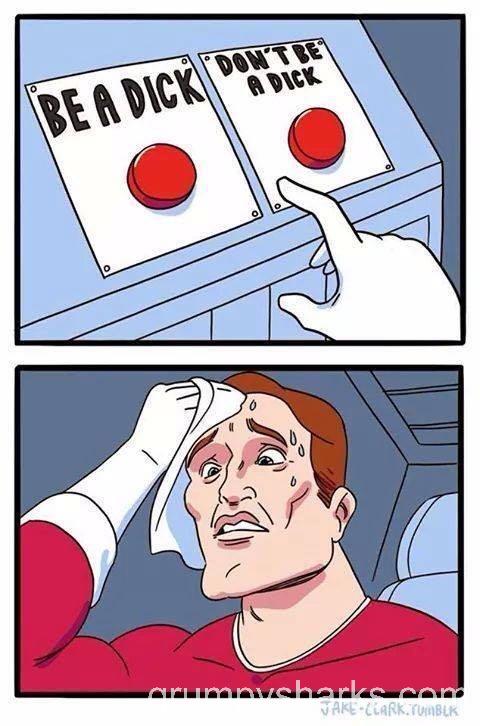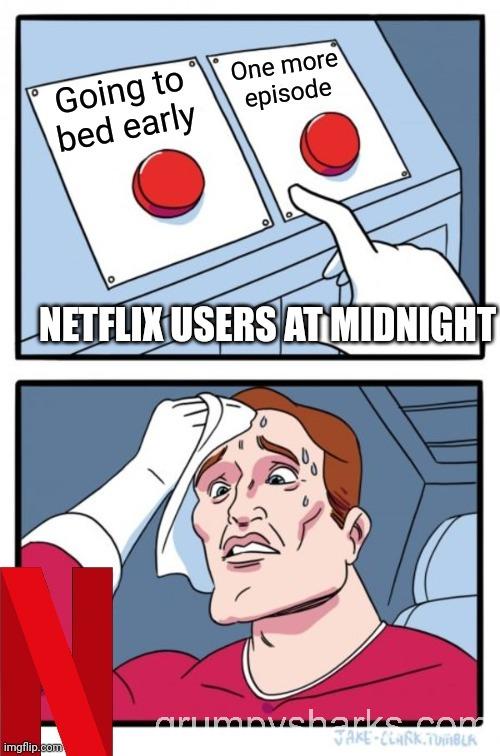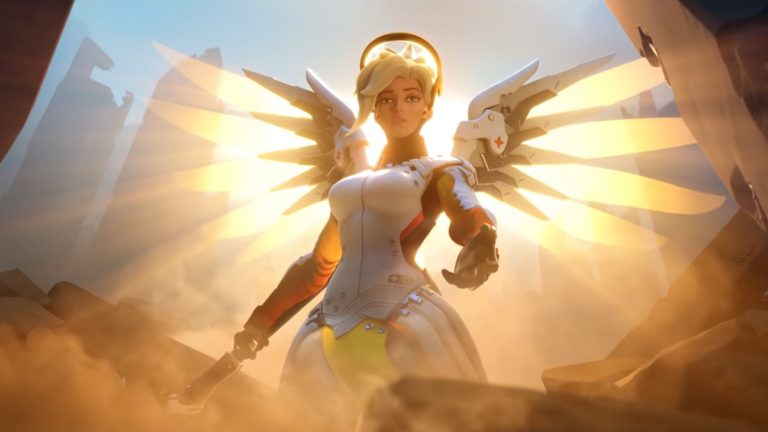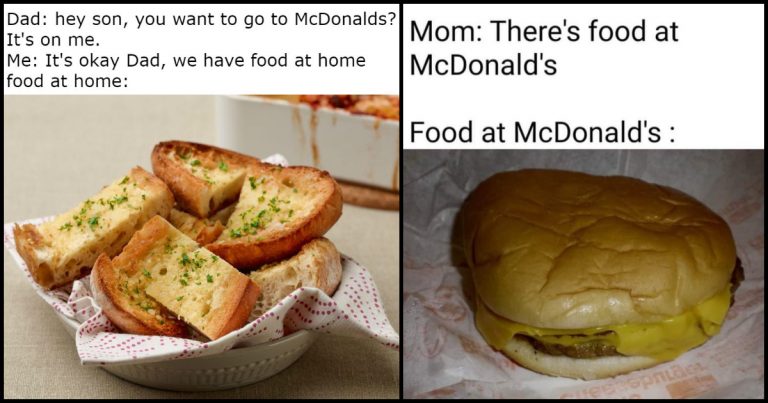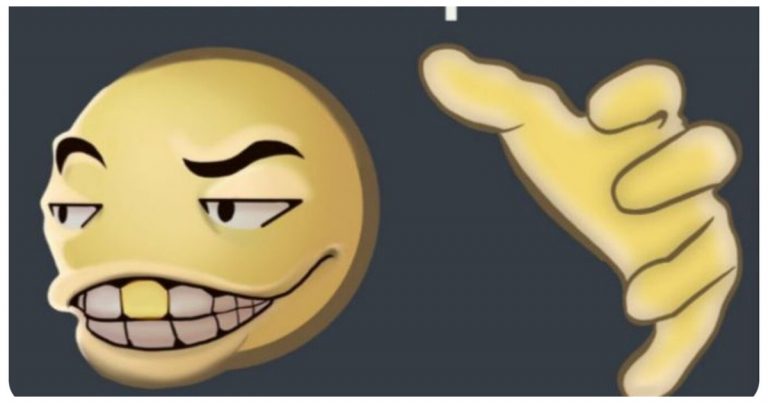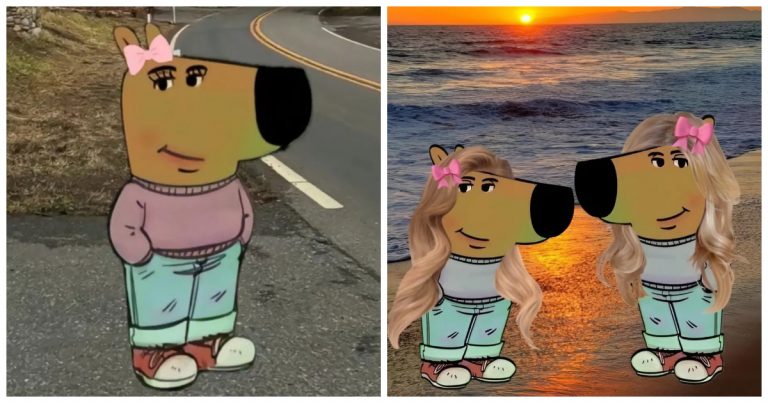The Story Behind The “Two Buttons” Meme: From Webcomic Panel To Viral Template
The “Two Buttons” meme, created by Jake Clark, depicts a sweating man torn between two contradictory choices, capturing indecision and moral dilemmas. From its 2014 Tumblr debut to viral spread on Reddit and Twitter, this webcomic panel became a versatile template for humor and cultural commentary. This article explores its origins, structure, psychology, and lasting impact on digital culture.
1. What Is the “Two Buttons” Meme?
What does the Two Buttons meme depict?
The “Two Buttons” meme, also known as “Daily Struggle,” shows a sweating man, visibly stressed, choosing between two red buttons labeled with conflicting options, like “Be a Dick” or “Don’t Be a Dick.” It highlights themes of indecision, moral conflict, hypocrisy, or contradictory choices, using exaggerated expressions to amplify the humor. The comic’s simplicity makes it a perfect canvas for satire.
Is the Two Buttons meme still relevant today?
Yes, the “Two Buttons” meme remains active in 2025, with frequent posts on Reddit’s r/memes and Twitter, often tied to current events or niche humor. Its evolution from a static image to dynamic cultural commentary—covering politics, gaming, and personal dilemmas—keeps it relevant, as seen in meme repositories like Imgflip.
2. Where Did the “Two Buttons” Meme Come From?
Who created the original webcomic?
The meme originated from a comic strip by animator Jake Clark, posted on his Tumblr blog on October 25, 2014. The original depicted a character, inspired by TimeSplitters 2’s Hank Nova and the “Sweating Towel Guy” meme, agonizing over two buttons labeled “Be a Dick” and “Don’t Be a Dick.” It gained traction after being shared on Reddit and Imgur, amassing over 9,700 notes in two years. Know Your Meme documents its early spread.
Which other webcomic memes rose to viral status?
The “Two Buttons” meme joins other viral webcomic templates like “Is This a Pigeon?” (a confused anime character misunderstanding reality) and “Surprised Pikachu” (a Pokémon character shocked by obvious outcomes). These panel-based memes, rooted in expressive visuals, became staples for their adaptability, much like Clark’s creation.
3. How the “Two Buttons” Format Works
Anatomy of the meme panel
The meme’s layout is simple: a two-panel comic with a sweating man in the first panel, hesitating between two red buttons with opposing labels, and a close-up of his distressed face in the second. Captions on the buttons drive the message, often highlighting absurd or conflicting choices. The design’s clarity allows easy customization on platforms like Piñata Farms.
What do meme users satirize with it?
Users leverage the meme to poke fun at internal contradictions (e.g., “Work Hard” vs. “Procrastinate”), hypocrisy (e.g., “Call Out Hypocrisy” vs. “Be Hypocritical”), overthinking, or societal pressures. Its versatility suits personal, professional, or political satire, making it a go-to for expressing decision fatigue.
4. Why the “Two Buttons” Meme Went Viral
Why people relate to the format?
The meme resonates by capturing everyday dilemmas and moral ambiguity, like choosing between honesty and convenience. Its exaggerated depiction of decision fatigue—sweating over seemingly simple choices—mirrors real-life struggles, as noted in The Verge’s analysis of meme relatability. The humor amplifies absurd or tough choices, making it universally appealing.
How it differs from other decision memes
Unlike “Drakeposting” (preference-based), “Distracted Boyfriend” (disloyalty-driven), or “Expanding Brain” (escalating logic), “Two Buttons” uses comic panel storytelling to focus on binary indecision. Its strength lies in its compact, expressive format, which conveys complex dilemmas faster than multi-panel memes.
5. Most Popular Uses and Remixes of the “Two Buttons” Meme
Best-known meme examples
Popular edits include political debates (e.g., “Vote Left” vs. “Vote Right”), fandom contradictions (e.g., “Love Canon” vs. “Ship Fanfiction”), and personal scenarios (e.g., “Sleep Early” vs. “Binge Netflix”). Educational recontextualizations, like historical or scientific dilemmas, also thrive, as seen in posts on Reddit’s r/memes.
Community Adaptations – How different niches used it
Gaming culture uses it for choices like “Grind for Loot” vs. “Pay to Win,” while academic memes tackle “Study Now” vs. “Cram Later.” Programmers joke about “Write Clean Code” vs. “Copy-Paste from Stack Overflow,” showing the meme’s broad appeal across niches.
6. The Meme’s Evolution Across Platforms
Where the meme thrives
The meme flourishes on Reddit (r/memes), Twitter (quick captions), Tumblr (artistic edits), and Instagram (meme page reposts). Template repositories like Imgflip and 247 Meme Generator fuel its accessibility, enabling rapid creation and sharing.
Which online cultures kept it alive?
Millennials use it for workplace and life struggles, while Gen Z adapts it for TikTok skits and social commentary. Its presence in explainer videos and presentations, as noted in mytour.vn’s meme analysis, shows its versatility across generations.
7. Will the “Two Buttons” Meme Continue to Be Used?
Meme lifecycle and potential resurgence
The meme’s endurance stems from its adaptability, simple design, and relatability. Its ability to address new cultural or political dilemmas ensures periodic resurgences, especially on platforms like Reddit and Twitter, where users refresh it with topical captions.
Is the “Two Buttons” format a digital classic?
Archived on Know Your Meme, the “Two Buttons” meme is a digital classic. Its use in academic studies of digital communication, as noted in Wired’s meme culture reports, cements its legacy as a timeless commentary on human indecision.
Conclusion
From Jake Clark’s 2014 Tumblr comic to a global meme phenomenon, the “Two Buttons” format captures the universal struggle of indecision with humor and simplicity. Its viral spread across Reddit, Twitter, and beyond, paired with its adaptability to diverse contexts, ensures its place in digital culture. As long as people face tough choices, this sweaty, button-pressing man will remain a relatable icon.


